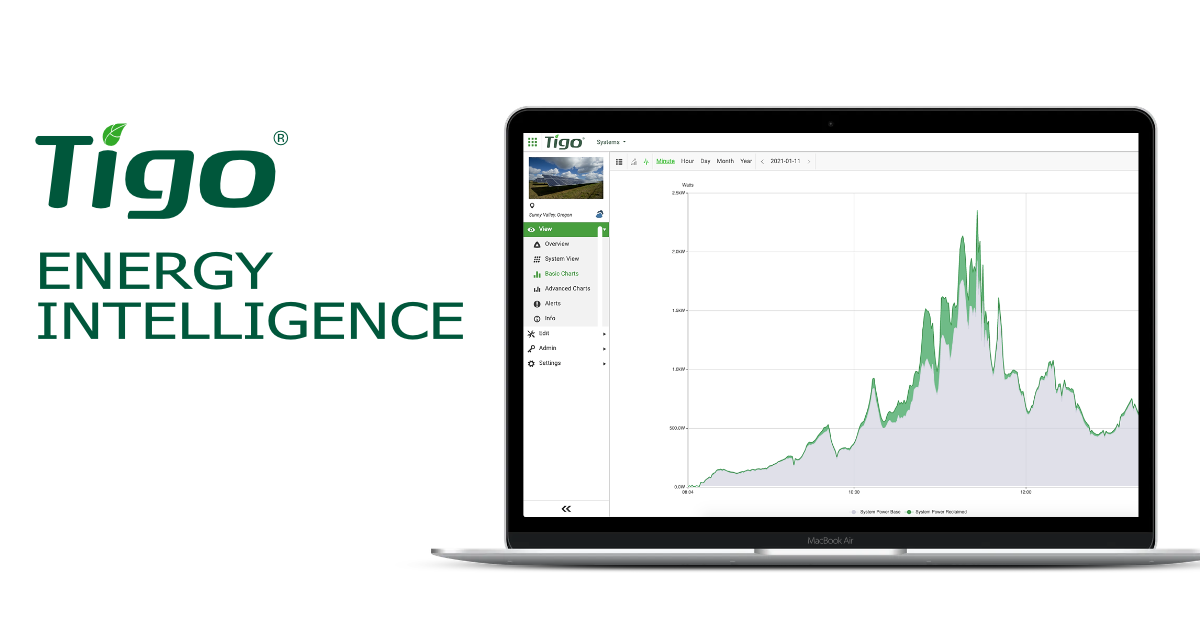Warranty - Tripower 5 year, data sheet says extends to 10 year if registered.
That is same as their LF battery inverter Sunny Island. The HF grid-tie inverters Sunny Boy offered 20 year, of course are only powered half the time.
The single phase Sunny Boy Smart Energy, which is a hybrid both PV and battery, offers optional 20 year.
Panel monitoring - that will tell you if there are shadows on the panel, or if a bypass diode failed. If PV cells are going bad, that should also show up. If there is a few percent variation between panels, you would see that. Quality panels shouldn't fail, do degrade very slowly over time. Some panels have had major problems.
In the US, we are now required to have Rapid Shut Down, dropping entire array to < 80V. For fireman safety, but of course means string inverters don't have as big a cost advantage over microinverters. Companies like Tigo make modules for just shutdown, or for optimizer & shutdown & monitoring. SMA offers some, and many support SunSpec compatible modules. They had some incompatibility with Tigo. But maybe only supported in US, don't see mention on the European inverter data sheets.
Tigo, which makes the MLPE boxes, offers those and inverter systems for Europe.
The Tigo EI (Energy Intelligence) Residential Solution for Europe includes the EI Inverter, EI Battery, EI Link, and Tigo optimizers, all brought together by the Tigo Energy Intelligence software platform to enable fast, flexible, and dependable installations.

www.tigoenergy.com
Lower your solar PV O&M costs with Tigo Energy Intelligence platform, a PV monitoring software that enables visibility to PV module performance. Learn more.

www.tigoenergy.com
Monitoring [Rapid Shutdown [Optimization]]
I wouldn't count on Enphase interoperating with other brand equipment, especially batteries, because it is a proprietary implementation.
There is probably standardized communication for grid support, variation of power delivery and maybe reactive power they would do.
MLPE replacement: Unplug old, plug in new, register it in system to get data which may require you to have installer access. A few people here have done that.
I don't have experience with any of these devices except for older model SMA. Next year I will be installing one of their recently obsoleted Sunny Boy -41 and their not yet available Sunny Boy Smart Energy, together with Tigo RSD.
I have no MLPE, but do have multiple identical PV strings. Parallel into one MPPT so no per-string monitoring. I used clamp ammeter to identify an outlier, then had to unplug modules and test individually to find bad ones. One brand (of three), 5 modules after 18 years. But I wouldn't know of others unless it showed up at inverter or string level.




%20Opengraph%20(1).jpg)

